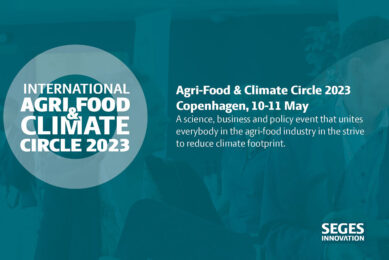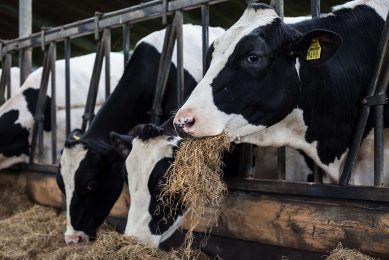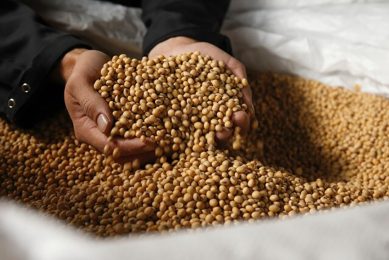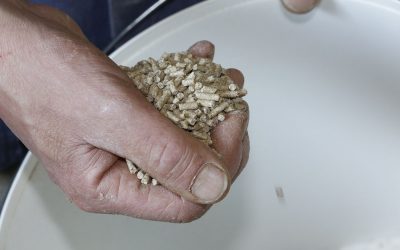Fefac president: “Europe is the feed lab of the world”
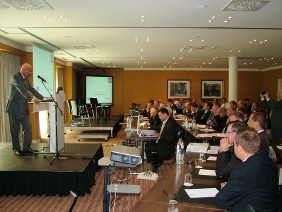
“We, in Europe, develop the sustainable technologies that will help feed the world in the future,” said Patrick Vanden Avenne, president of the European feed manufacturers association Fefac at their 54th General Assembly in Bruges this week.
Around 80 delegates gathered from Tuesday in the historical centre of Bruges in Belgium, representing the European feed industry. Despite the crisis the industry had to face in the past year Fefac wanted to bring a positive message.
“The development model for the European feed and livestock sector is indeed about two things: technological innovation and sustainability. They are two the two sides of one coin, they are Siamese twins,” Vanden Avenne said.
As an example the Fefac President named the reintroduction of processed animal proteins, which will evidently make a contribution to a sustainable reduction of imported proteins and a more sustainable use of what is now often considered waste material.
“Increasing the use of biofuel co-products for monogastric animals will also lead to a more sustainable use of indigenous proteins while a large effort of R&D, and development of new production technologies and additives will be needed to maximise the potential value of these biofuel co-products,” Vanden Avenne said.
GMO constraints
Products such as DDGS are in demand in Europe and companies would gladly import larger volumes, especially for ruminant feeds, but current GMO-rules prohibit this.
“The hard-won concession from the EU Standing Committee on Biotechnology, [on allowing traces of non-authorised, but EFSA risk-assessed GM events in feed supplies] is an important step forward but insuffiecient to keep market access to vital feed imports,” Vanden Avenne said.
The so-called ‘technical solution’ only solves a short term. It might even be possible that the next crop of foreign maize cannot be imported into the EU. “We must fear that we will lose access to Brazilian Maize and US corngluten and DDGS due to the planting and harvesting of the Syngenta MIR 162 for which EFSA has not even adopted an opinion yet,” Vanden Avenne said.
Feed carbon footprint project
Sustainability is not a buzz-word anymore but becomes integrated in policies of many companies. Fefac announced that they have reached a unique agreement with the Food and Agriculture Organisation of the United Nations (FAO) to begin a joint project on life cycle analysis and carbon footprint of compound feed and its ingredients.
In this project on creating a global feed database also Fefac’s American counterpart AFIA is participating, as well as seven leading European feed compounders. Asian and South American partners are not interested yet. “It is a coalition of the willing,” Vanden Avenne said.
The main objective of the project is to make a key step forward towards the standardisation of LCA methodology for feed, concentrating on carbon footprint calculation.
The project is to start in September and will last for 15 months. At the end the first global database on greenhouse gas emissions for key feed ingredients should be presented, which should contain default carbon footprint values.




